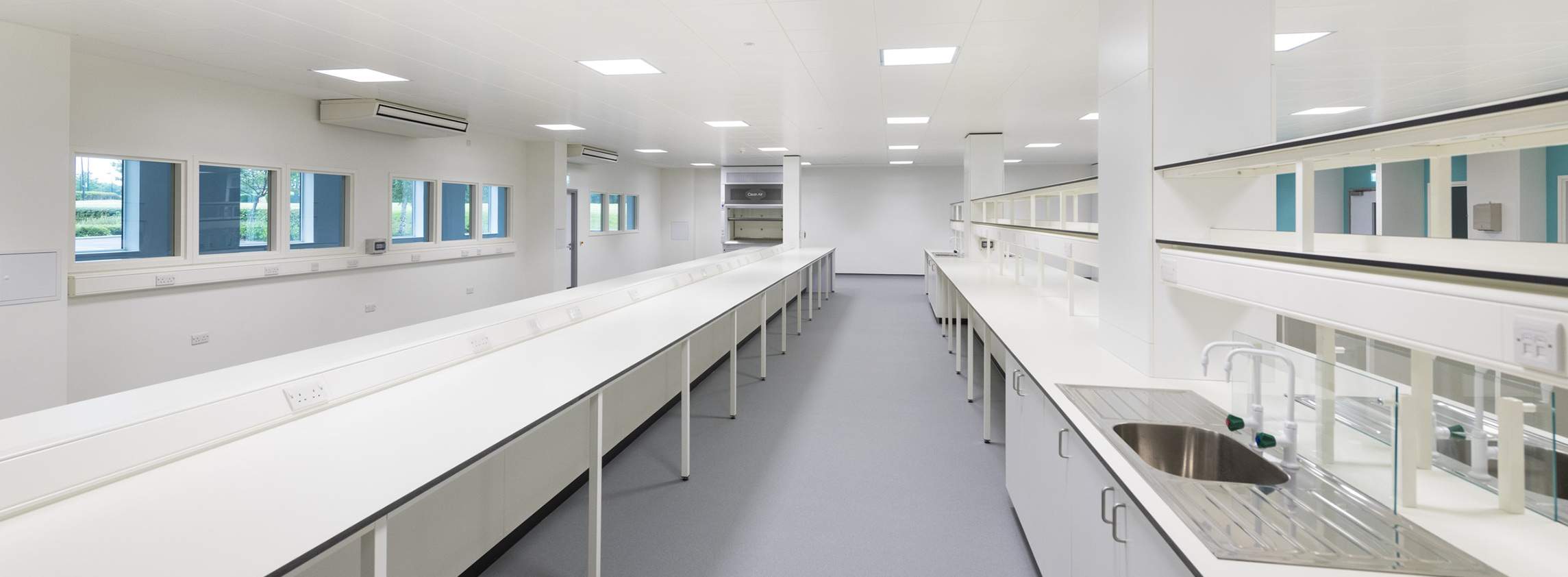The life science and technology sectors remain key drivers of the commercial property markets in Cambridge
Cambridge investment market overview
The Cambridge office investment market experienced strong investor demand in 2021, with investment volumes totalling £1.01 billion. This was the highest total ever recorded in the Cambridge market. The expansion of the scientific, innovation and technology sectors combined with the limited supply provision and strong rental growth prospects has underpinned the current record levels of investor demand. Cambridge has experienced significant prime yield compression. The current prime yield stands at 4.00%, which includes laboratory investments, and is 75 basis points below the prime regional office yield.
Overseas investors were the most active investor in Cambridge in 2021 accounting for 51% of investment. Notable transactions included BioMed Realty acquiring two development sites being Cambridge International Technology Park, which comprises 15 acres and a 27-acre plot at Granta Park for a combined total of £240 million. Brockton Everlast expanded its Cambridge portfolio acquiring a combination of development sites in Cambridge and existing buildings at Cambridge Science Park. This involved the largest transaction for existing buildings in 2021, with Brockton Everlast acquiring Legal & General’s cluster of five buildings at Cambridge Science Park for £96 million, reflecting a yield of 4.34%.
Occupational demand
The outlook for the Cambridge office market – 2022 and beyond
Despite being a city with a population of only around 150,000, the level of take-up in 2021, at just under 700,000 sq ft, is on par with a key UK regional city.
The total level of take-up was 53% higher in 2021, compared to 445,000 sq ft total in 2020.
The past success of and interest in Cambridge has been driven by global growth in science and technology companies. The past 12 months has not been an exception. This is the result of significant venture capital funding, technological progress and discovery by companies in the city and increased interest in all areas of human health.
On the global stage, Cambridge-headquartered companies continue to attract a significant amount of global venture capital
Steven Lang, Director, Commercial Research
The level of take-up was assisted by the Cambridge market seeing one of the largest deals signed on Cambridge Science Park in the last ten years. The US-based streaming company Roku, which is NASDAQ-quoted, took over 116,000 sq ft at Cambridge Science Park. The strength of the Cambridge ecosystem, the quality of talent and the ability to raise financial capital, ensures that take-up will remain buoyant.
Overall, Cambridge stayed true to its reputation as a location for both technology and science companies, accounting for over 80% of take-up in 2021.
What will drive Cambridge in the future? Cambridge has been in the top ten ranking of global cities (excluding the US locations), in terms of capital raised in the life science sector, for 2021, the last three years and the past five years. Chinese cities dominate the ranking, but Cambridge, with a fraction of the population, compared to Chinese cities, punches well above its weight with the pressure now on to deliver high-quality new R&D/office and laboratory space for growing and new occupiers to the city that are trying to keep pace with changing global trends and technological progress.
Of the 800,000 sq ft of availability, as at end-2021, which has fallen during the past couple of months, around 60% is found in zones 3 and 4 (see map below).
The split between office and laboratory availability, relative to its level of stock, illustrates a key restraining factor for higher take-up in and around Cambridge in the short term. Whilst the office availability ratio sits around 10%, the laboratory availability ratio is barely above zero. There are significant plans, at different stages of evolution, across the city, to deliver more laboratory space, but there will be a time lag in getting this to the market. The consequence today is that occupiers are exploring a variety of routes to deliver fitted laboratory space prior to new build, but this can be a complicated and expensive proposition.
Supply levels will fall this year, but the lack of laboratory space in the short term is a restraining factor for the city
Steven Lang, Director, Commercial Research
Rents in Cambridge are expected to rise throughout the forecast period and will remain some of the highest outside London. The increasing presence of science and technology companies, coupled with a relatively limited supply of office and laboratory stock, ensures this will happen.
There will be a response by real estate developers/investors/landlords to cater for the future growth of the city. Those with the ability to commence a speculative scheme and provide much needed new supply in the next few years are set to reap the benefits of a bottleneck of demand. However, there are existing schemes that could provide much needed new supply in the next few years. Cambridge Biomedical Campus and Unity Campus in Sawston are well placed to capitalise on the next leasing cycle.
